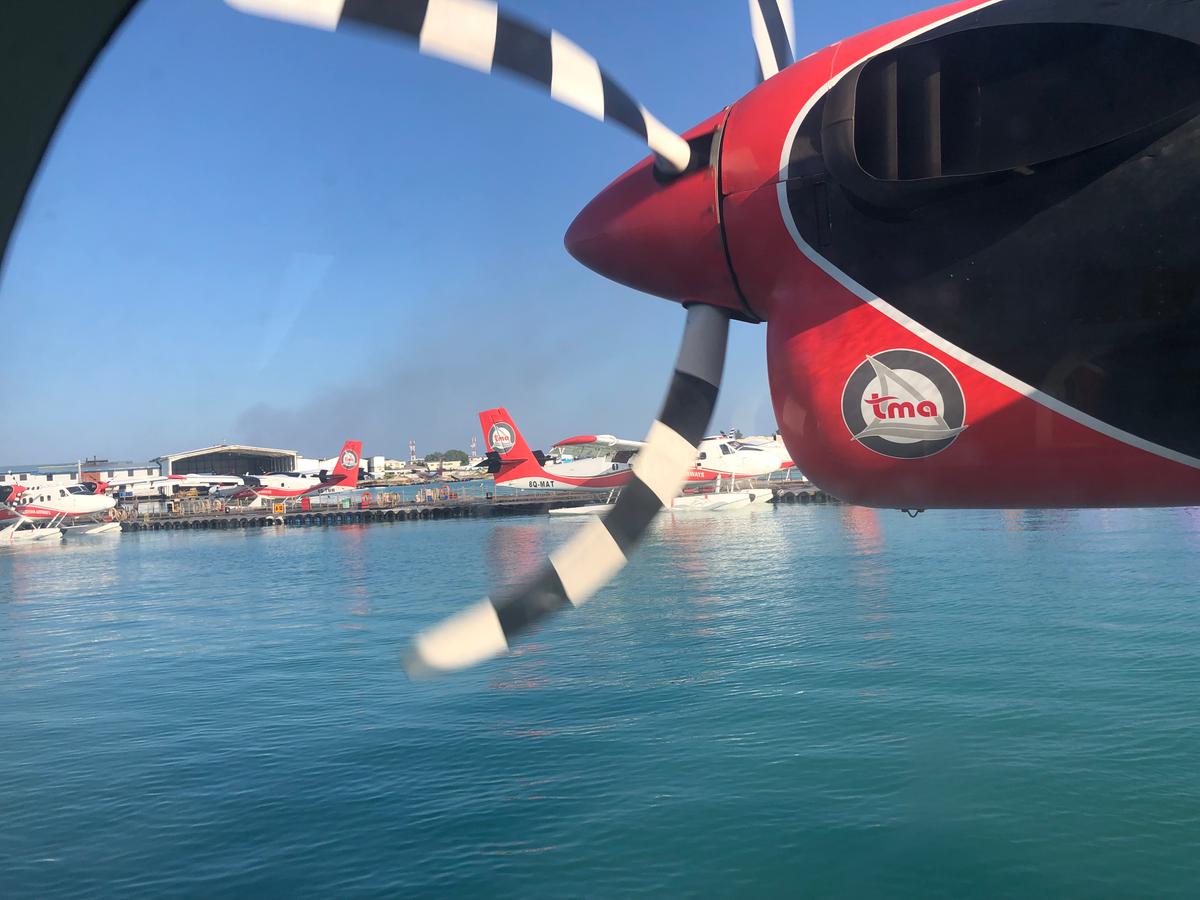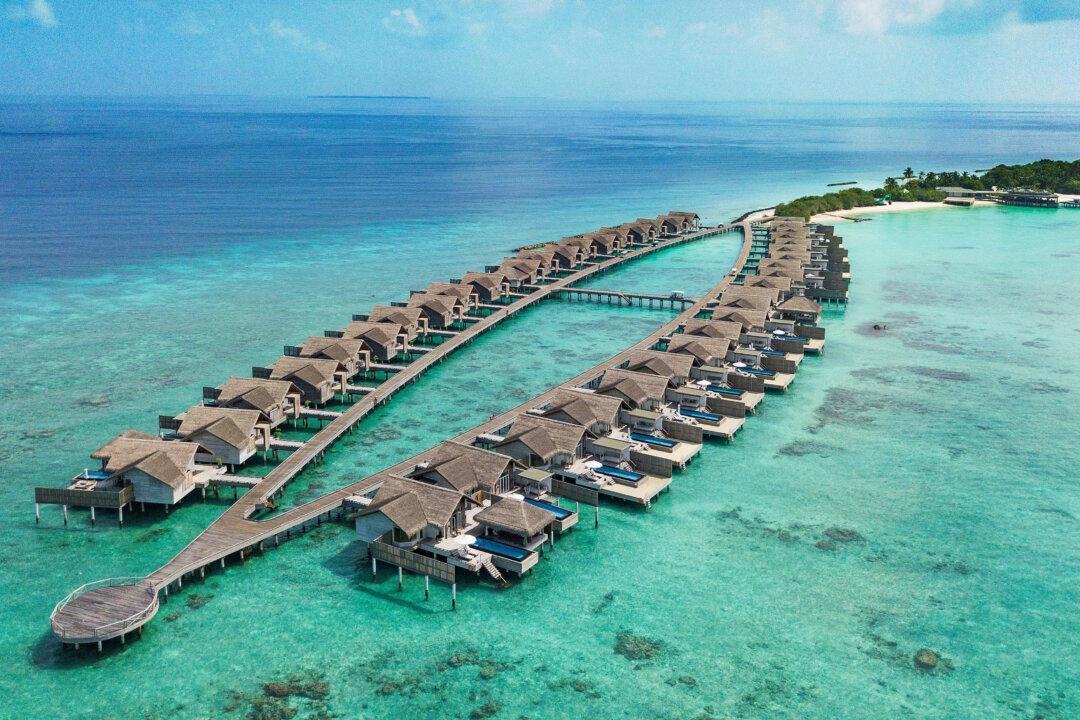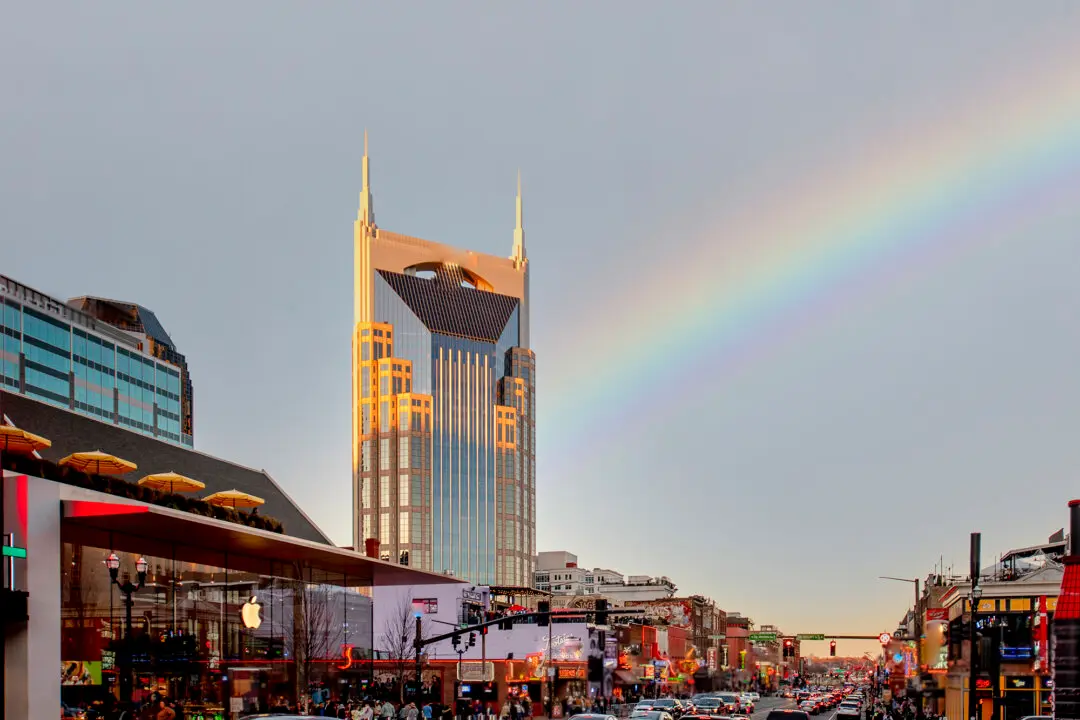It’s a moment of absolute relief. After a very long week, knocking around South Asia, we were finally on our final descent, the big pontoon plane gliding down through humid thermals toward an endless expanse of aquamarine. Below us, a little coral island grows larger and larger out the window, one of 1,200 here, spots of green, fringed with white, often encircling blue lagoons, here in the Arabian Sea.

Touching down. Tim Johnson





